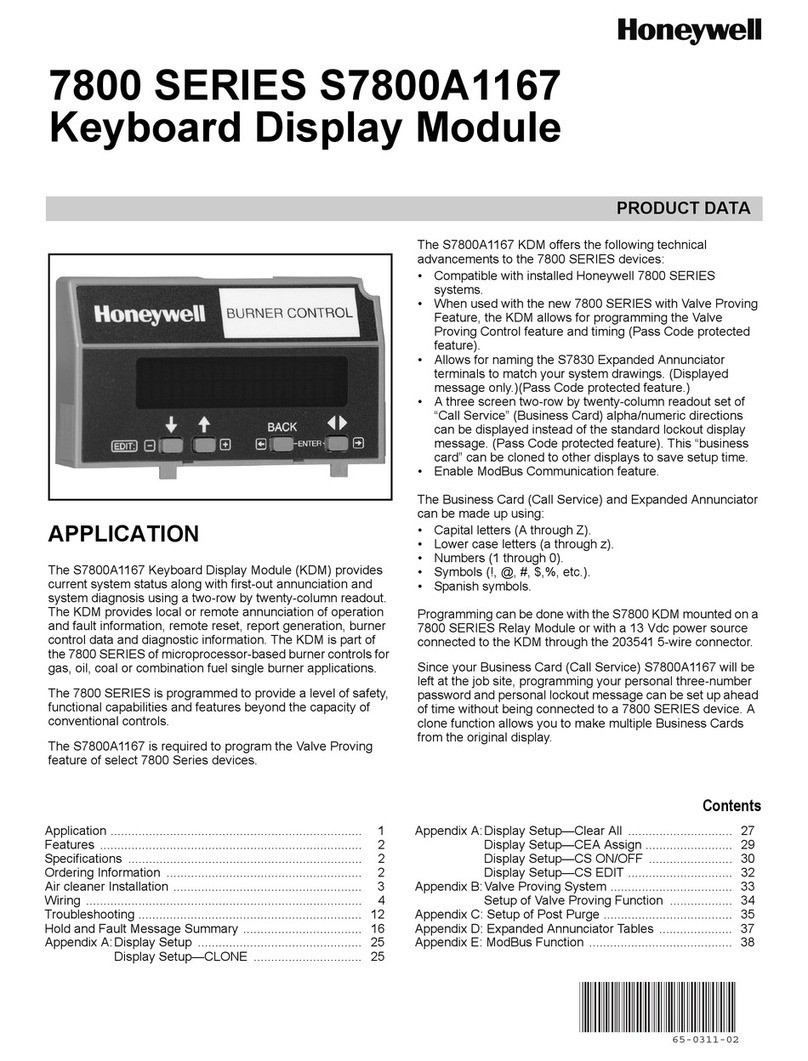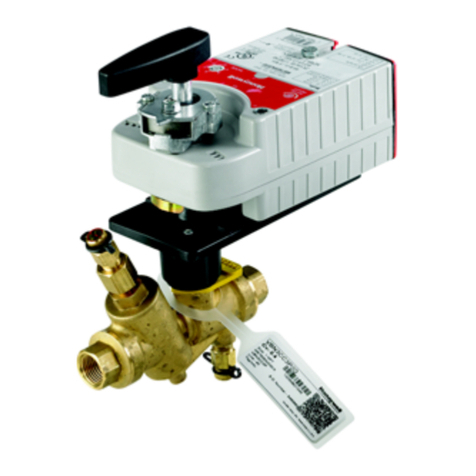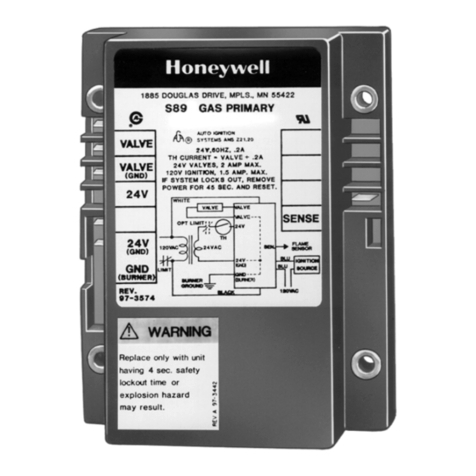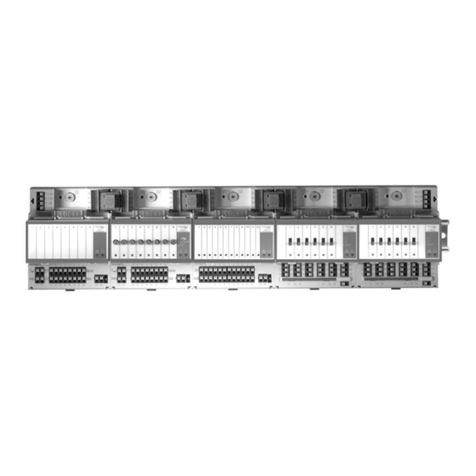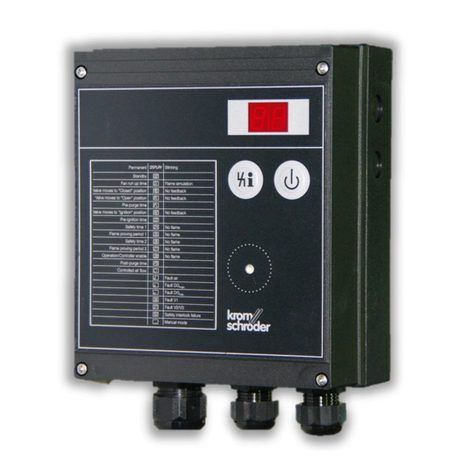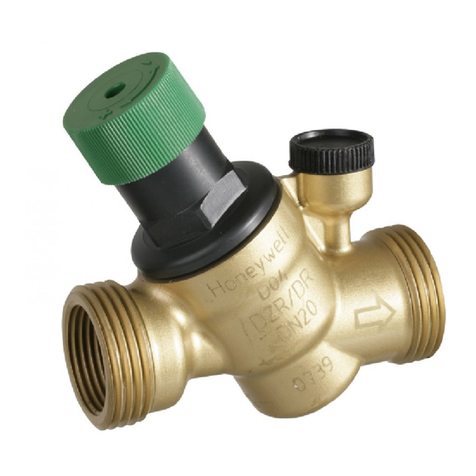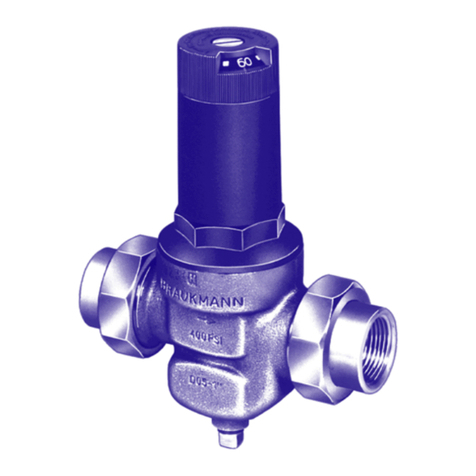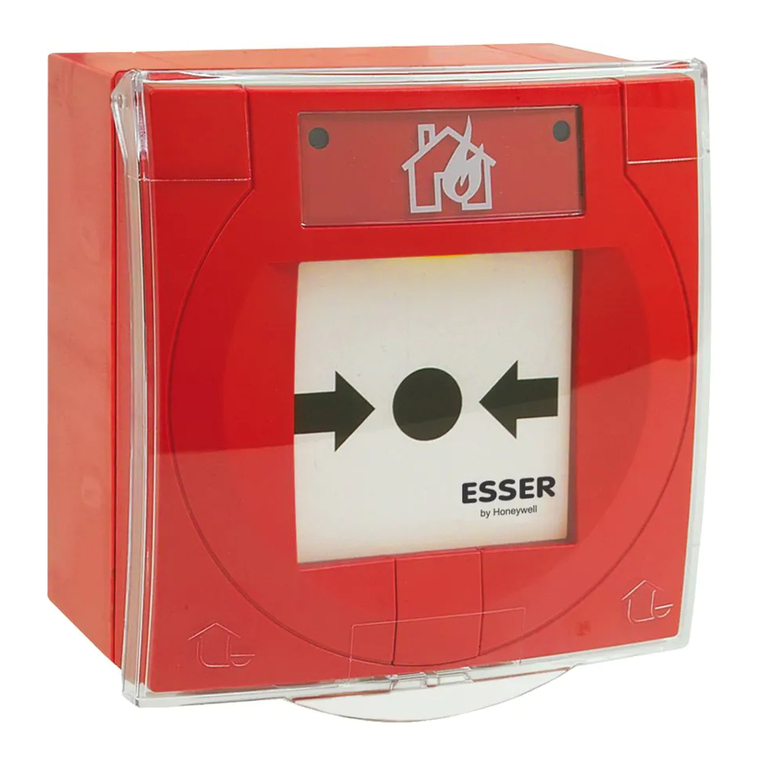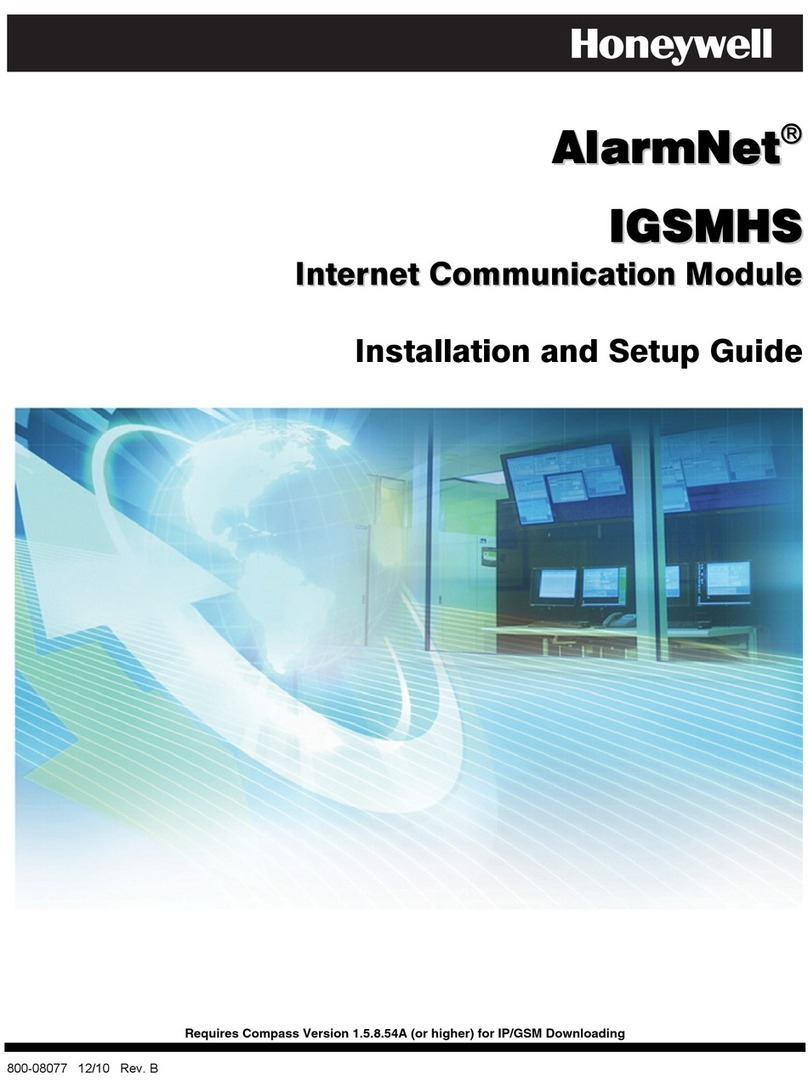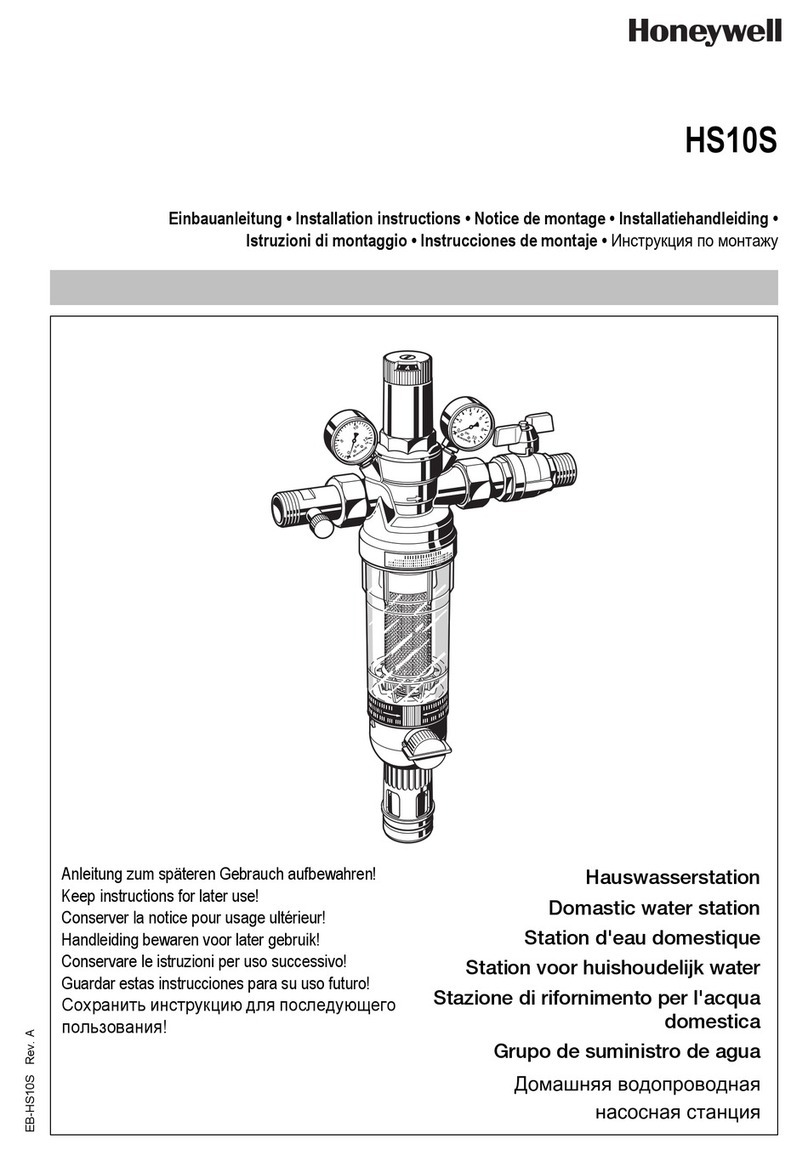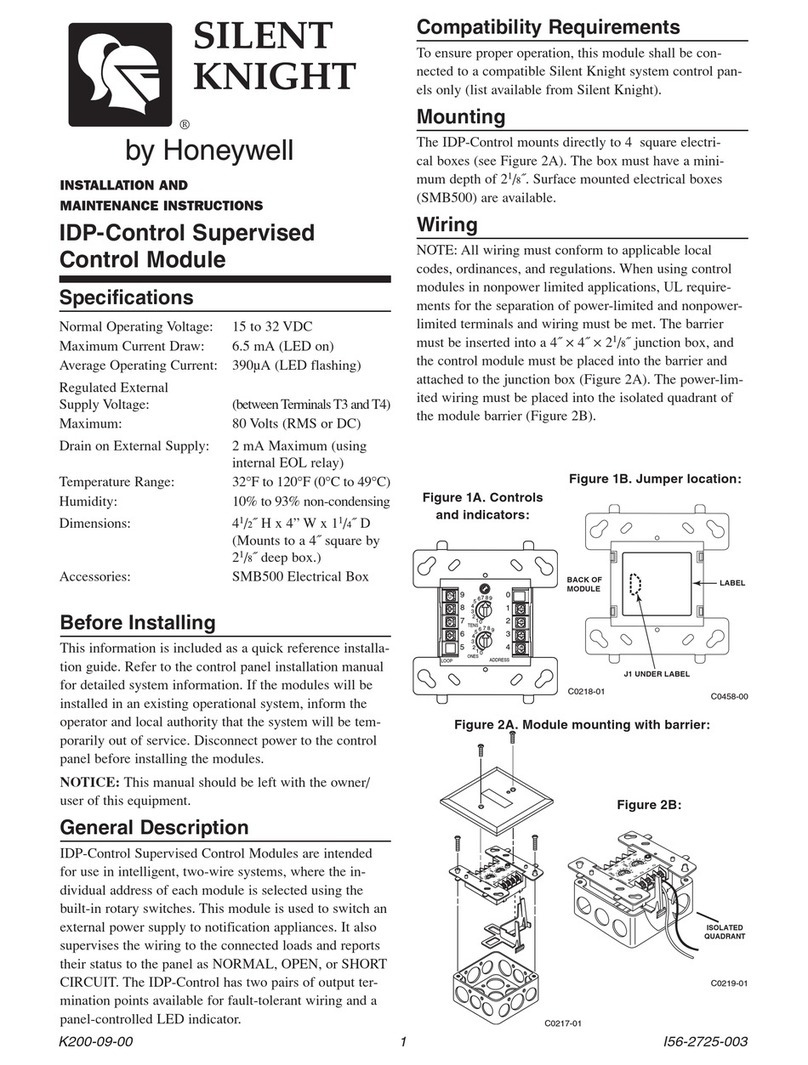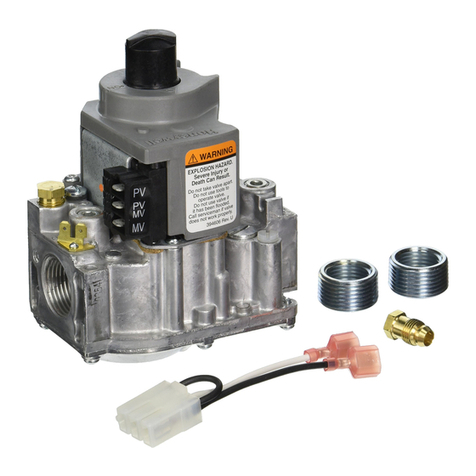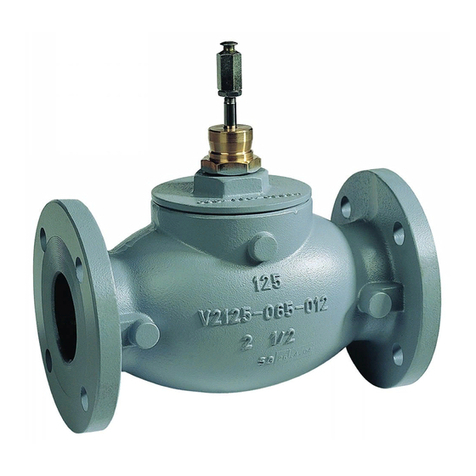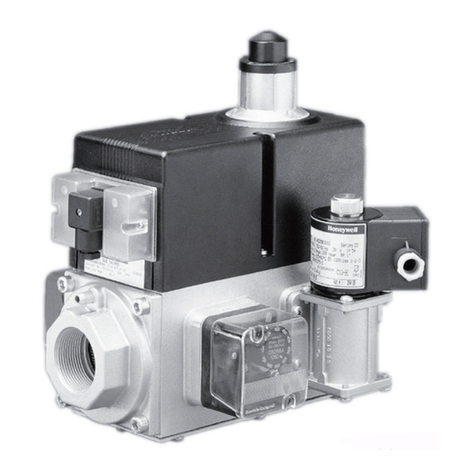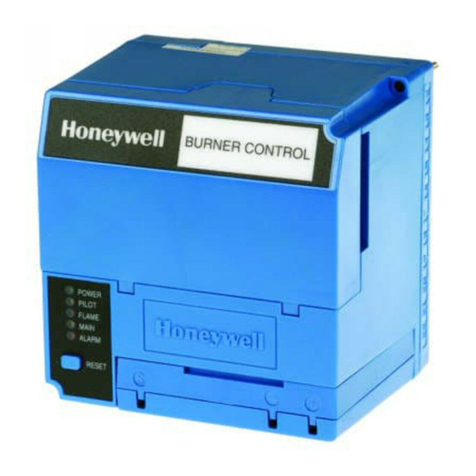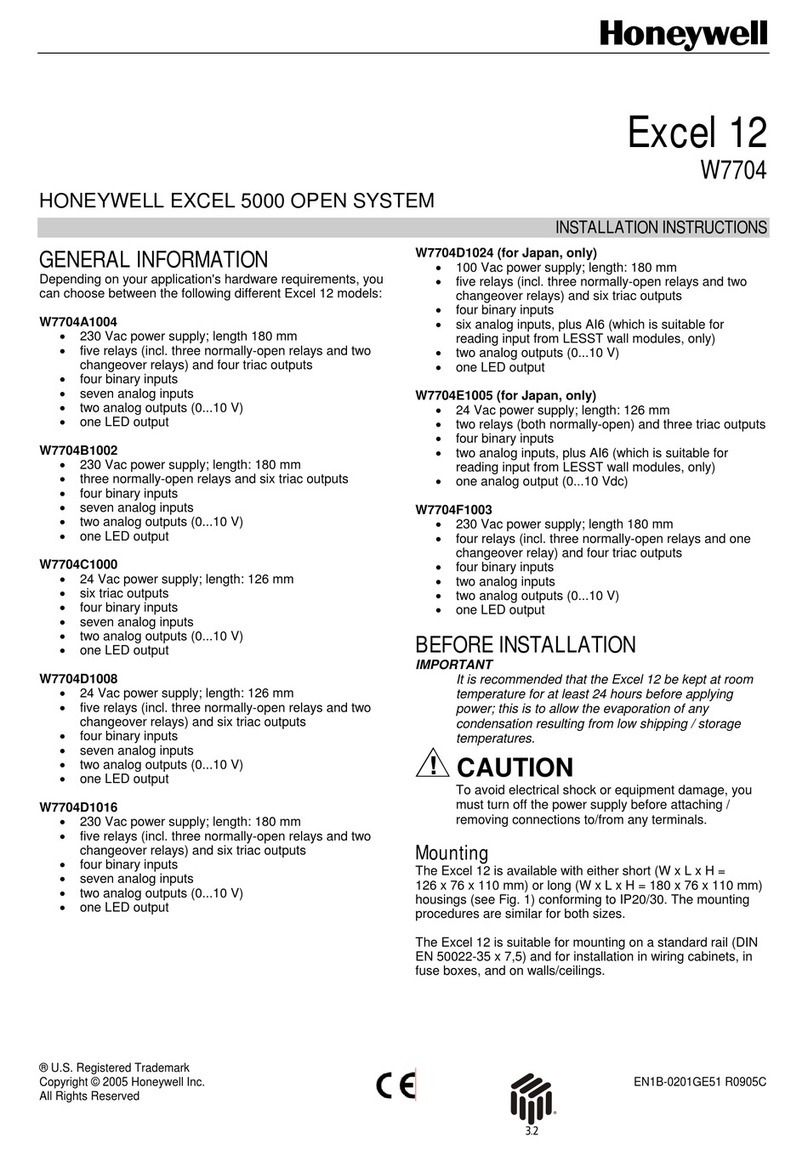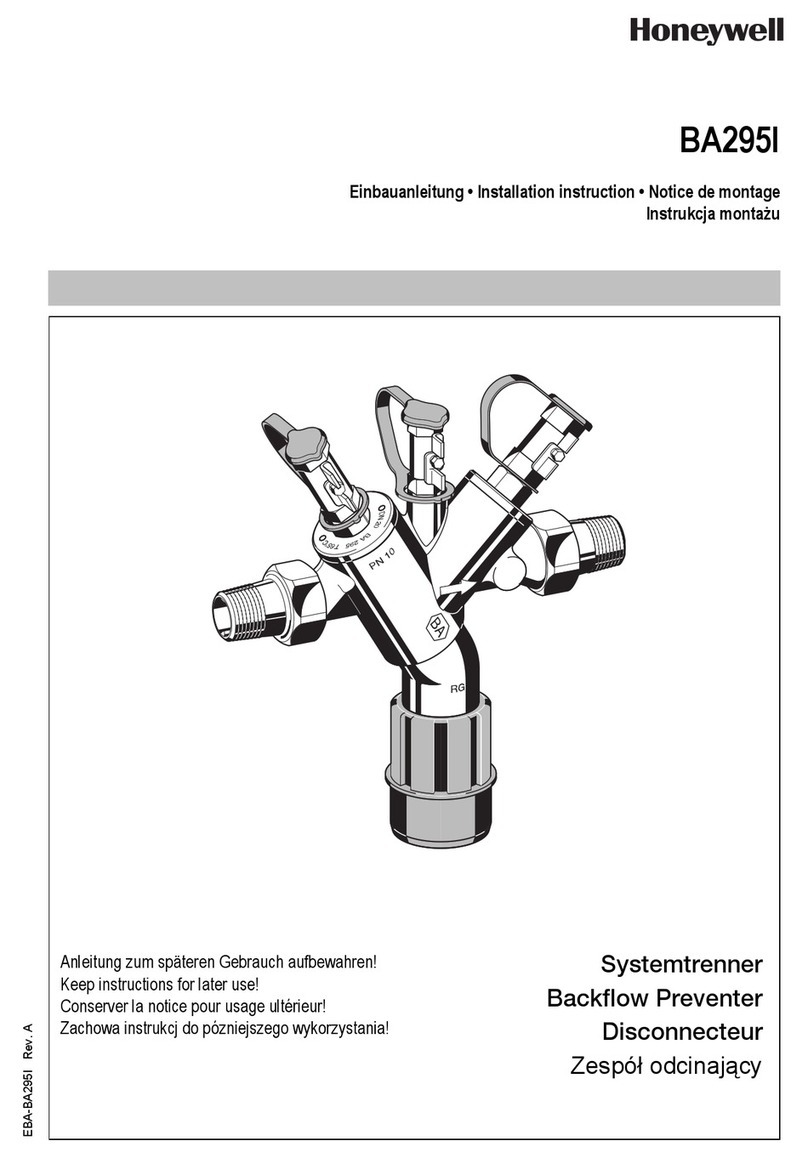
N500-78-00 1 I56-1804-012
BEFORE INSTALLING
If the modules will be installed in an existing operational system, inform the
operator and local authority that the system will be temporarily out of service.
Disconnect the power to the control panel before installing the modules. This
system contains static sensitive components. Always ground yourself with a
proper wrist strap before handling any circuits so that static charges are re-
moved from the body. The housing cabinet should be metallic and suitably
grounded.
NOTICE: This manual should be left with the owner/user of this equipment.
GENERAL DESCRIPTION
The XP6-R Six Relay Control Module is intended for use in an intelligent alarm
system. Each module is intended for Form-C switching applications, which
do not require wiring supervision for the load circuit. A single isolated set
of dry relay contacts is provided for each module, which is capable of being
wired for either normally open or normally closed for each operation. Each
module has its own address. A pair of rotary code switches is used to set the
address of the first module from 01 to 154. The remaining modules are auto-
matically assigned to the next five higher addresses. Provisions are included
for disabling a maximum of three unused modules to release the addresses to
be used elsewhere. Each XP6-R module also has panel controlled green LED
indicators. The panel can cause the LEDs to blink, latch on, or latch off.
XP6-R Six Relay Control Module
SPECIFICATIONS
Normal Operating Voltage: 15-32VDC
Stand-By Current: 1.90 mA @ 24V
Alarm Current: 32 mA (assumes all six relays have been switched once and all six LEDs solid on)
Temperature Range: 32°F to 120°F (0°C to 49°C)
Humidity: 10 to 93% Non-condensing
Dimensions: 6.8˝H × 5.8˝W × 1.0˝D
Accessories: CHS-6 Chassis; BB-25 Cabinet; BB-XP Cabinet; CAB-3 Series Cabinets; CAB-4 Series Cabinets
Wire Gauge: 12-18 AWG
Relay Current: 30 mA/Relay Pulse (15.6 mS pulse duration) pulse under panel control
CONTENTS INCLUDE:
(6) 1 × 3 Terminal Blocks
(1) 1 × 4 Terminal Blocks
(2) 11/4˝ (32mm) Stand offs
(4) Machine Screws
(2) Nuts
(1) Shunt (NOTE: For the disable position, not more than one shunt shall be
installed at the same time)
COMPATIBILITY REQUIREMENTS
To ensure proper operation, this module shall be connected to a compatible
Notifier system control panel.
COMPONENTS
Following are descriptions of the XP6-R mounting frameworks. There are two
mounting options for XP6-R modules:
• Up to six XP6-R modules can be installed on a CHS-6 in a CAB-3, CAB-4
or BB-25 cabinet
• One or two XP6-R modules can be installed in a BB-XP cabinet
Chassis
The CHS-6 chassis is used to mount XP6-R modules in a BB-25, CAB-3 or
CAB-4 Series cabinet. It accommodates up to six XP6-R modules in a single
cabinet row three modules wide and two modules deep.
All relay switch contacts are shipped in the standby state (open) state, but may have transferred to the activated (closed) state during shipping. To ensure that
the switch contacts are in their correct state, modules must be made to communicate with the panel before connecting circuits controlled by the module.
I56-1804-012
RELAY CONTACT RATINGS:
12 Clintonville Road
Northford, CT 06472-1653
Phone: 203.484.7161
INSTALLATION AND MAINTENANCE INSTRUCTIONS
CURRENT RATING MAXIMUM VOLTAGE LOAD DESCRIPTION APPLICATION
2 A 25 VAC PF = 0.35 Non-coded
3 A 30 VDC Resistive Non-coded
2 A 30 VDC Resistive Coded
0.46 A 30 VDC (L/R = 20ms) Non-coded
0.7 A 70.7 VAC PF = 0.35 Non-coded
0.9 A 125 VDC Resistive Non-coded
0.5 A 125 VAC PF = 0.75 Non-coded
0.3 A 125 VAC PF = 0.35 Non-coded

